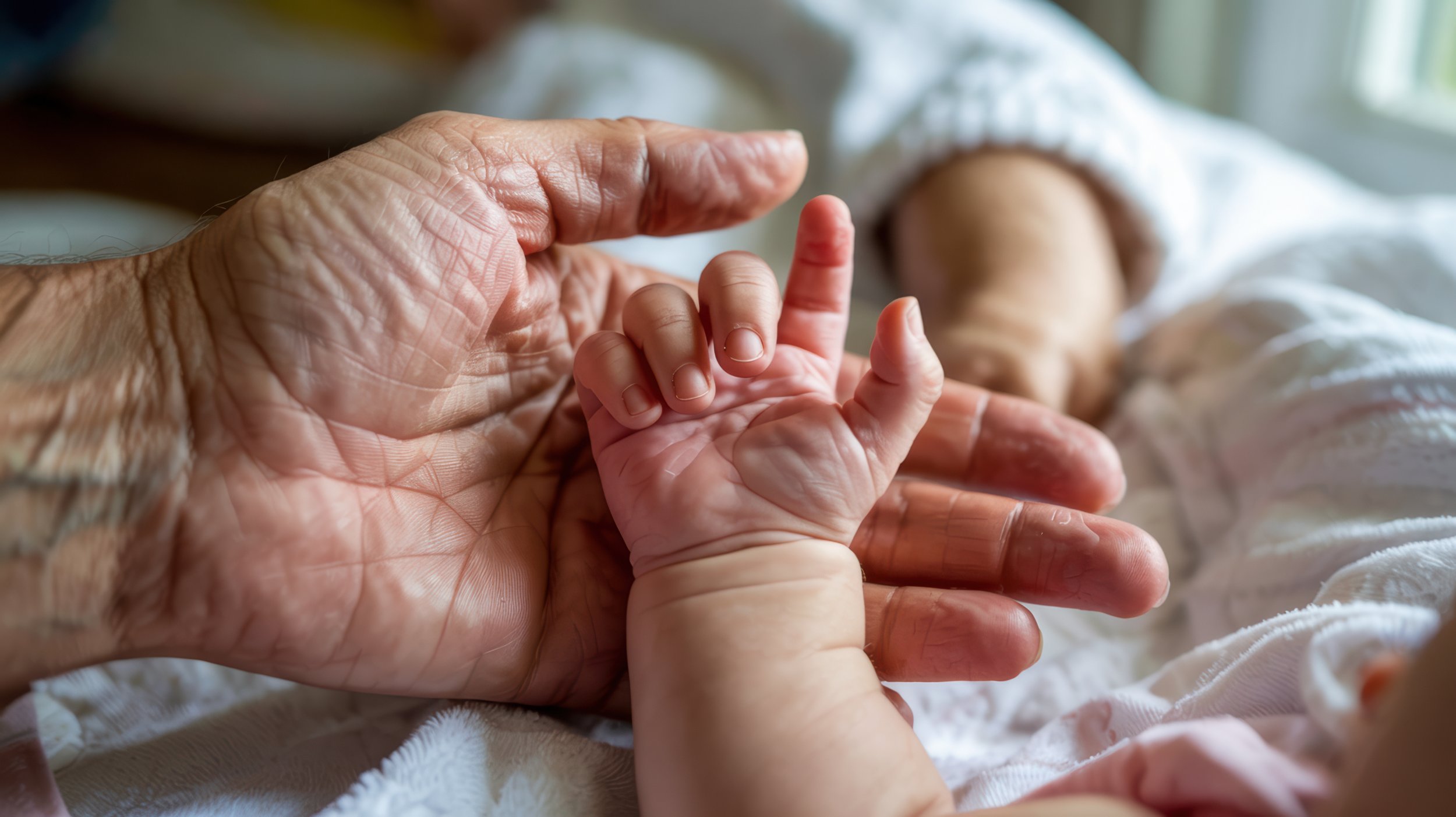
Birth and death
Birth and Death: Reflections Across the Threshold
After witnessing hundreds of births—and being present for many final moments of life—I’ve come to believe that birth and death are not opposites. They are echoes. Each is a passage through a threshold. Each demands presence, patience, and a willingness to surrender to something larger than ourselves.
While they unfold in different directions, the patterns are surprisingly similar. Understanding these parallels not only deepens your appreciation for the dying process—it reminds us why you, the doula, are so needed in both spaces.
The Parallels Between Birth and Death
Physical and Physiological Parallels
Surrender to the body’s process: In both birth and death, resistance can create distress. The body knows what to do—even when the mind struggles to catch up.
Breathing changes: Labor may bring deep rhythmic breaths or panting; death may bring apnea or gasping. In both, breath becomes central.
Temperature shifts: Warmth surrounds birth; cooling signals the body shutting down. Both reflect internal shifts.
Sensory responses: Trembling, vocalizing, sweating, flushing or mottling—these are part of both transitions.
Inward awareness: The world fades as the body concentrates. Both birth and death pull us inward
PROCESS AND TIME PARALLELS
Recognizable stages: Early, active, transitional—each process has a rhythm and arc.
Unpredictable timelines: Neither birth nor death can be scheduled. Both require surrender to time.
Adjustment periods: The newborn adapts to life; families adapt to grief. Both are transitions.
Fast or slow: Some arrive quickly. Others take their time. Both are valid.
Emotional and Psychological Parallels
Fear of the unknown: Both moments stir uncertainty. A calm presence can ease that fear.
Need for reassurance: Doulas provide steady emotional ground—through touch, tone, and silence. Whether greeting a new life or saying goodbye to one, people often reach out—to hold hands, hear familiar voices, or feel another’s presence.
Timelessness: Time can stretch or vanish in both processes. Moments feel suspended. The clock stands still.
Lucidity and confusion: Minds move between clarity and disorientation. The brain is adjusting.
Letting go: Birth and death both require deep surrender and a trust in the process.
Spiritual and Ritual Parallels
Threshold moments: Both are liminal, sacred, and culturally honored as transitions between worlds.
Ceremony and reverence: Whether candles, songs, or prayers—rituals honor both beginnings and endings.
Universal, yet unique: Everyone is born. Everyone dies. Yet each experience is deeply personal and unique.
Something released: In birth, the placenta. In death, the soul. Both involve a final letting go.
Environmental and Sensory Parallels
Sensitivity to surroundings: Both birth and death unfold more peacefully in a calm, supportive environment. Lighting, sound, and energy in the room matter deeply.
Control of space: Doulas often act as gatekeepers—protecting quiet, minimizing interruptions, and creating a container for the process. Lighting, sound, and atmosphere shape the experience.
Gentle peace matters.
Scent and sound: Aromas and soundscapes (moaning, music, and silence) hold powerful emotional resonance and memories.
Touch and temperature: Physical contact is often requested—or rejected. Warm blankets, cool cloths are shared comfort tools.
SUPPORT IS NEEDED IN BOTH JOURNEYS
Knowledgeable guides: Doulas are not there to direct—but to support, witness, and walk alongside.
Comfort-focused care: Hydration, positioning, breath support, touch—all shared between doula fields.
Whole-family support: In both birth and death, the doula tends to the circle—not just the individual.



